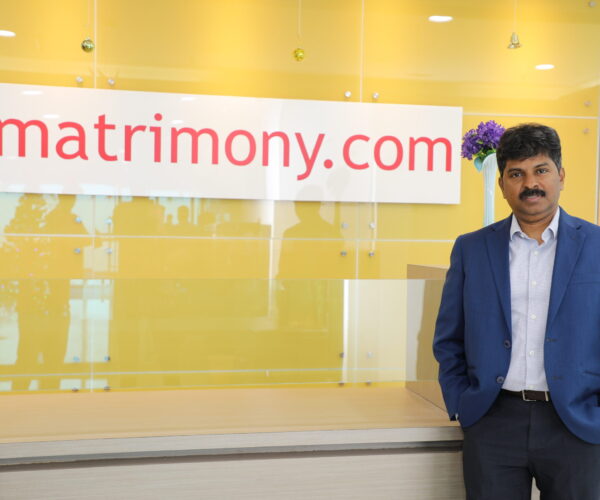In today’s dynamic and highly competitive business landscape, nurturing a positive work culture has become a strategic imperative for organizations. A healthy work culture not only boosts employee morale but also enhances productivity, creativity, and overall job satisfaction. Among the various tools and strategies available to cultivate such a culture, team-building exercises have emerged as a powerful means of fostering teamwork, communication, and trust among employees. In this article, we will explore the significance of team-building exercises in improving office work culture and delve into the instrumental role that CEOs play in this process.
The Impact of Team-Building Exercises on Office Work Culture
- Enhanced Communication: Effective communication forms the bedrock of a successful workplace. Team-building exercises often incorporate activities that compel employees to communicate and collaborate with one another. Whether they are solving complex problems or navigating obstacle courses, these exercises encourage participants to express their ideas, actively listen to others, and work in harmony. As employees become more adept at communicating with their colleagues, this newfound openness and receptivity extend to day-to-day operations, significantly enhancing workplace communication.
- Building Trust: Trust is an indispensable element of a thriving work culture. Team-building exercises provide employees with opportunities to establish trust among themselves. Through shared experiences, challenging activities, and reliance on one another to achieve common goals, employees develop a profound sense of confidence in their teammates. This trust cultivated during team-building exercises permeates the workplace, fostering stronger working relationships and a sense of camaraderie.
- Increased Motivation and Engagement: Engaged employees are more likely to be productive and satisfied with their jobs. Team-building exercises infuse an element of fun and excitement into the workplace, rekindling employee motivation and engagement. When employees anticipate coming to work because of enjoyable activities, it contributes positively to overall work culture.
- Conflict Resolution: Conflict is an inherent part of any workplace, but how it’s managed can profoundly impact work culture. Team-building exercises often replicate challenging situations where conflicts can arise. By addressing and resolving these conflicts within a controlled environment, employees gain valuable conflict resolution skills that can be applied effectively to real-life workplace situations, fostering a more harmonious and cooperative work culture.
- Improved Problem-Solving Skills: Many team-building exercises are designed to challenge participants to think creatively and find innovative solutions to problems. These problem-solving skills are invaluable in the workplace, where employees frequently confront complex challenges. Encouraging employees to think critically and work collaboratively to find solutions, team-building exercises contribute to a more innovative work culture.
The CEO’s Role in Facilitating Team-Building Exercises
- Setting the Tone: The CEO plays a pivotal role in shaping an organization’s culture. By actively participating in and endorsing team-building exercises, the CEO sets a powerful example for the entire company. When employees witness their leader embracing these activities, it sends a clear message that the organization values teamwork and collaboration.
- Budget Allocation: Team-building exercises may require financial resources, such as venue rental, facilitator fees, and materials. CEOs can allocate budgets for these activities, demonstrating their commitment to improving work culture. This financial investment reinforces the message that the CEO prioritizes employee well-being and professional development.
- Involvement in Exercise Selection: While the CEO may not directly choose specific team-building exercises, they can provide input and guidance to ensure that the selected activities align with the company’s values and objectives. This ensures that the exercises are not just enjoyable but also relevant to the organization’s goals.
- Reinforcing Learning: Team-building exercises should not be isolated events. CEOs can play a crucial role in reinforcing the lessons learned from these activities. By discussing the exercises in team meetings, highlighting the positive outcomes, and encouraging employees to apply their newfound skills in their daily tasks, CEOs ensure that the benefits of team-building extend beyond the activity itself.
- Recognizing and Rewarding Participation: CEOs can establish recognition and reward programs to acknowledge employees who actively participate in and excel during team-building exercises. Publicly recognizing these achievements reinforces the importance of teamwork and collaboration within the organization.
- Monitoring Progress: It is essential for CEOs to monitor the impact of team-building exercises on work culture. Regular surveys, feedback sessions, and performance evaluations can provide valuable insights into the effectiveness of these activities. Based on the feedback received, CEOs can make necessary adjustments and improvements to future team-building initiativ
Team-building exercises play a pivotal role in shaping and improving office work culture. They facilitate enhanced communication, trust, motivation, conflict resolution, and problem-solving skills, all of which contribute to a healthier and more productive workplace. CEOs, as leaders of the organization, are integral to the success of these exercises. Through their active involvement, financial support, input, and reinforcement, CEOs create a work culture where employees thrive, ultimately benefiting the organization as a whole. In the current competitive business environment, investing in work culture enhancement through team-building exercises is not just a choice; it’s a strategic imperative.


